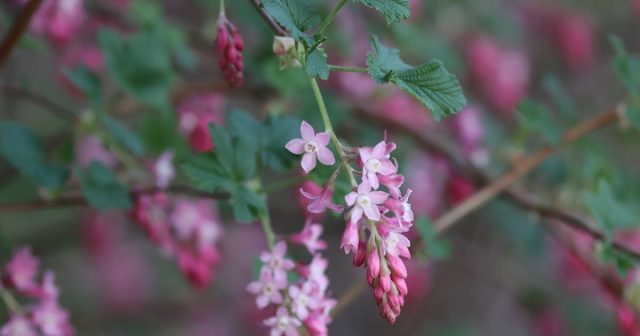 |
| Nepeta x faassenii ‘Cat’s Pajamas’ (Dwarf Variety) |
Welcome to This Month in the Garden! Today’s feature perennial is Nepeta, commonly known as catmint. Nepeta is a beloved herbaceous perennial in gardens around the world, admired for its soft, aromatic foliage and spikes of violet-blue flowers. Its name often confuses it with catnip (Nepeta cataria), which belongs to the same genus and shares some characteristics, especially its appeal to felines. Nepeta leaves are typically gray-green and emit a pleasant, minty fragrance when crushed. Blooming from late spring into fall, catmint produces spikes of small, tubular flowers in shades of blue, lavender, or purple depending on the variety, and grows between 12 inches to 3 feet in height, making it ideal for borders and edging. Another attribute is that Nepeta attracts pollinators such as bees, butterflies, and other beneficial insects. Due to its strong scent, it’s often left untouched by deer and rabbits.
 |
| Nepeta (Catmint) |
Hardy in USDA zones 3-9, Nepeta tolerates poor or sandy soils but dislikes heavy, soggy ground and thrives in full sun, though it can tolerate partial shade. More sun typically leads to stronger flowering and a more compact form. Once established, catmint is drought-tolerant. Avoid overwatering, as soggy soil can lead to root rot. While little to no maintenance is required for this plant, regular deadheading will encourage reblooming. Cut back after the first flush of flowers to keep a more compact plant, promote new growth and
extend bloom time.
 |
| Nepeta (Catmint) |
Historically, various species of Nepeta, particularly N. cataria (catnip), have been used in traditional herbal medicine. Though less well-known, catmint contains compounds that provide mild therapeutic effects. Nepetalactone, which is responsible for the intoxicating effect on cats has also been used as a mild sedative on humans. Tannins and flavonoids, known for their antioxidant properties can calm anxiety and promote restful sleep. Nepeta is often taken as a tea made from dried leaves and flowers to ease stomach cramps and nausea. It has also be used as a digestive aid to relieve gas, bloating, and indigestion. Its antispasmodic and soothing properties also make it helpful for easing symptoms of colds, coughs, and fevers and its infused oils can be used topically to treat minor skin irritations and insect bites. Nepeta has also been used as a natural repellant to deter garden insects such as aphids and squash bugs.
 |
| Nepeta x psfike ‘Little Trudy’ (Dwarf Variety) |
Overall, Nepeta or catmint is far more than just a pretty face in the landscape or a treat for cats. Its adaptability, easy-care, long-lasting blooms, and subtle healing properties make it a standout plant for both ornamental and herbal uses. Whether you’re lining a walkway, attracting pollinators, or brewing a calming evening tea, catmint is a quiet powerhouse that deserves a place in your garden!
As Always…Happy Gardening!
Author: Lee @A Guide to Northeastern Gardening, © Copyright 2010-2025. All rights reserved.




